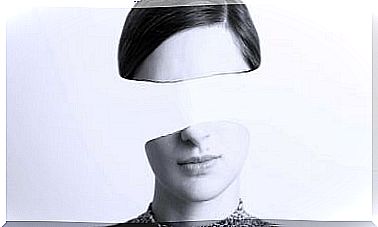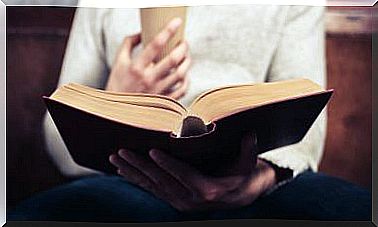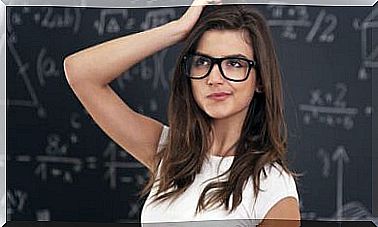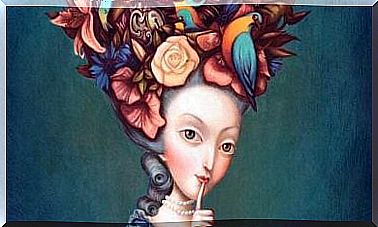The Classical Theory Of Tests (TCT)

The classical theory of tests (TCT) appears for the first time in the 20th century from the work of Spearman. It can, in a way, be considered as the beginning of psychometrics. The word test is an English word accepted by the Royal Spanish Academy (RAE) and refers to tests designed to assess knowledge, skills or functions.
In psychology, tests are psychological or psychotechnical tests to study or evaluate a function. Thus, psychological tests are tools designed to evaluate or measure the psychological characteristics of a subject.
Why are test theories needed?
The tests are sophisticated measuring instruments that, in many cases, are an invaluable aid in the context of a psychological evaluation. For this to be the case, the test must meet some psychometric minimums and the specialist who passes it must know the administration protocol and respect it.
On the other hand, test theories tell us about how we can evaluate the quality of a test and also, in many cases, about how we can refine the instrument to reduce error to a minimum. In this sense, perhaps the two most important concepts within the classical theory of tests are those of reliability and validity.
Reliability is understood as the consistency or stability of the measurements when the measurement process is repeated. Deep down we speak of a utopia because in practice it is impossible to replicate the same conditions in two different measurements. It will be relatively easy to act on external variables, such as checking that there is a similar temperature or a similar noise level; however, controlling the internal variables of the person doing the test will be more complicated. Take the mood, for example.
Validity refers to the degree to which empirical evidence and theory support the interpretation of test scores. (2) Otherwise, we could say that validity is the ability of a measurement instrument to meaningfully and adequately quantify the trait for whose measurement it has been designed.
Thus, there are two great theories when it comes to constructing and analyzing the tests. The first, of which we speak is the classical theory of tests (TCT). The second is item response theory (IRT). Here are the key aspects of TCT.
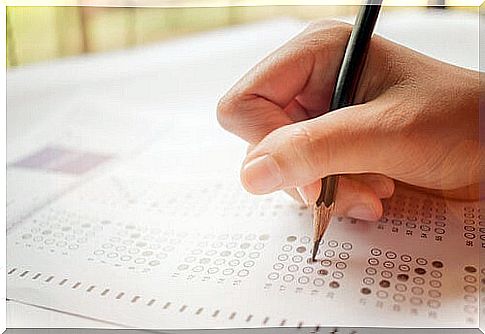
The classical theory of tests
This approach tends to be the most used in the analysis and construction of tests. The answers given by a person in a test are compared through statistical or qualitative methods with the answers of other individuals who completed the same test. This allows a classification to be made.
However, performing this classification is not that simple. The psychologist, like any other professional, has to ensure that the instrument he uses measures accurately, with little error. (1)
Thus, when a psychologist applies a test to one or more people, what he obtains are the empirical scores that that person or persons obtain in the test. However, this does not inform us about the degree of precision of these scores : we do not know whether or not these empirical scores correspond to the scores that truly correspond to that person in the test.
For example, it could happen that the scores were lowered because the person tested was not feeling well that day. Or even because the physical conditions in which the test application was developed were not the best.
The classical linear model
It is at the beginning of the 20th century, as we have well commented, when Spearman proposes this classic theory of tests. The researcher proposes a very simple model for people’s test scores: the classical linear model.
This model consists of assuming that the score that a person obtains in a test, which we call his empirical score, and which is usually designated by the letter X, is made up of two components. The first is the true score (V) and the second is the error (e). The latter can be due to many causes that we cannot control. That is why TCT is concerned with precisely determining the measurement error.
This could be expressed as follows: X = V + e
Thus, after this, Spearman adds three assumptions to the model.
The three assumptions of the classical model
- The true score (V) is the mathematical expectation of the empirical score. It would be written like this: V = E (X) .
- Thus, the true score of a person in a test is defined as that score that he would obtain on average if the same test were passed infinitely many times.
- There is no relationship between the amount of true scores and the size of the errors that affect these scores. It can be expressed: r (v, e) = 0
- The value of the true score is independent of the measurement error.
- Measurement errors in a specific test are not related to measurement errors in a different test. This is expressed: r (eg, ek) = 0
- Mistakes made on one occasion would not covary with those made on another occasion.
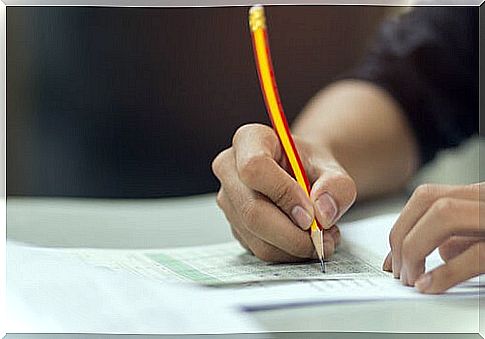
The classical theory of tests is simple, you do not need advanced mathematical knowledge to put it into practice and it can be applied in any context. The problem is that the results it gives us will always be linked to the population in which the test has been validated. Furthermore, in many cases the minimums required for the tests to be considered acceptable are not actually sufficient.





